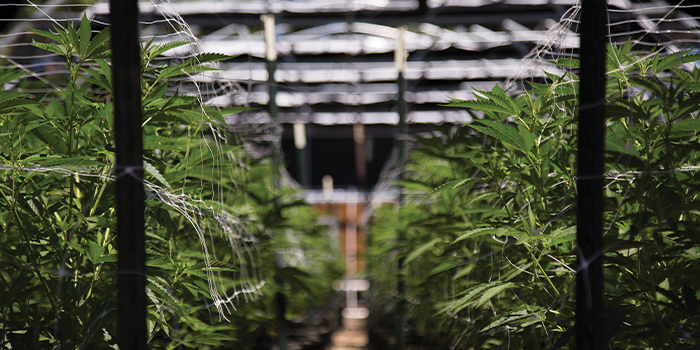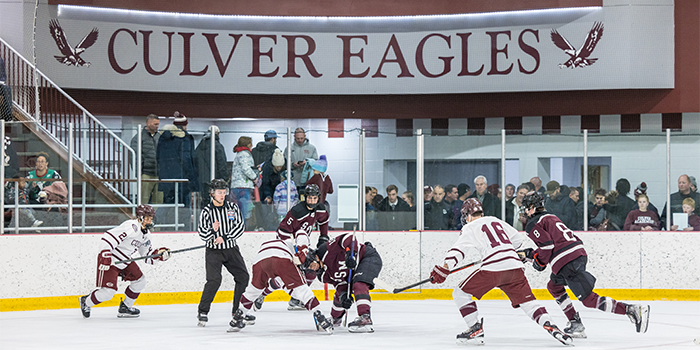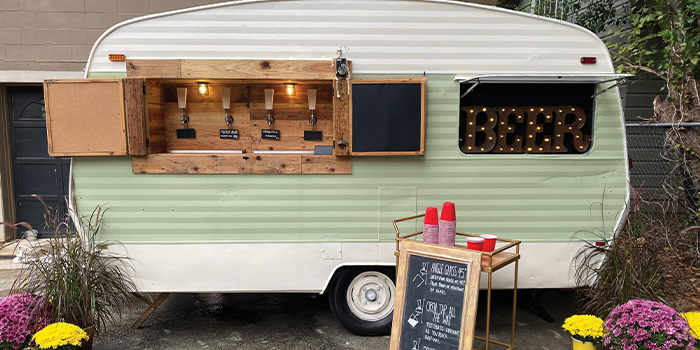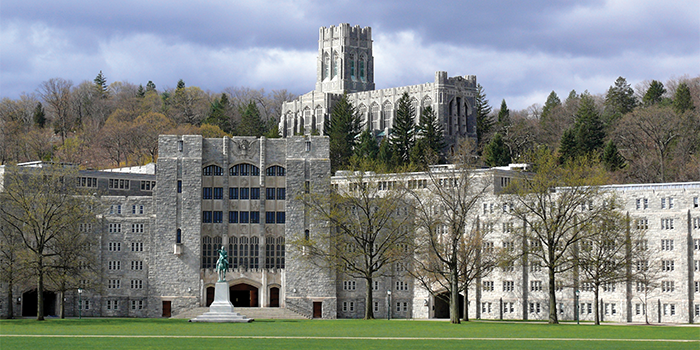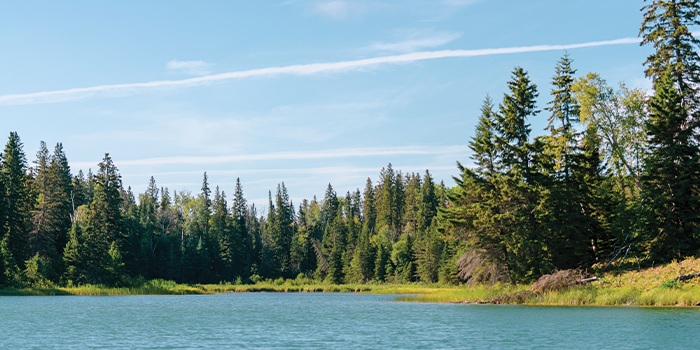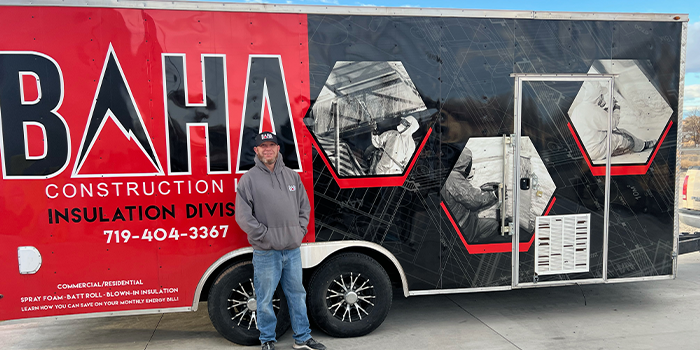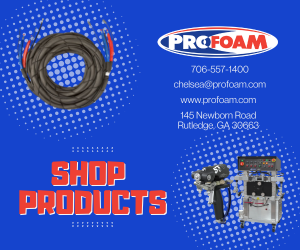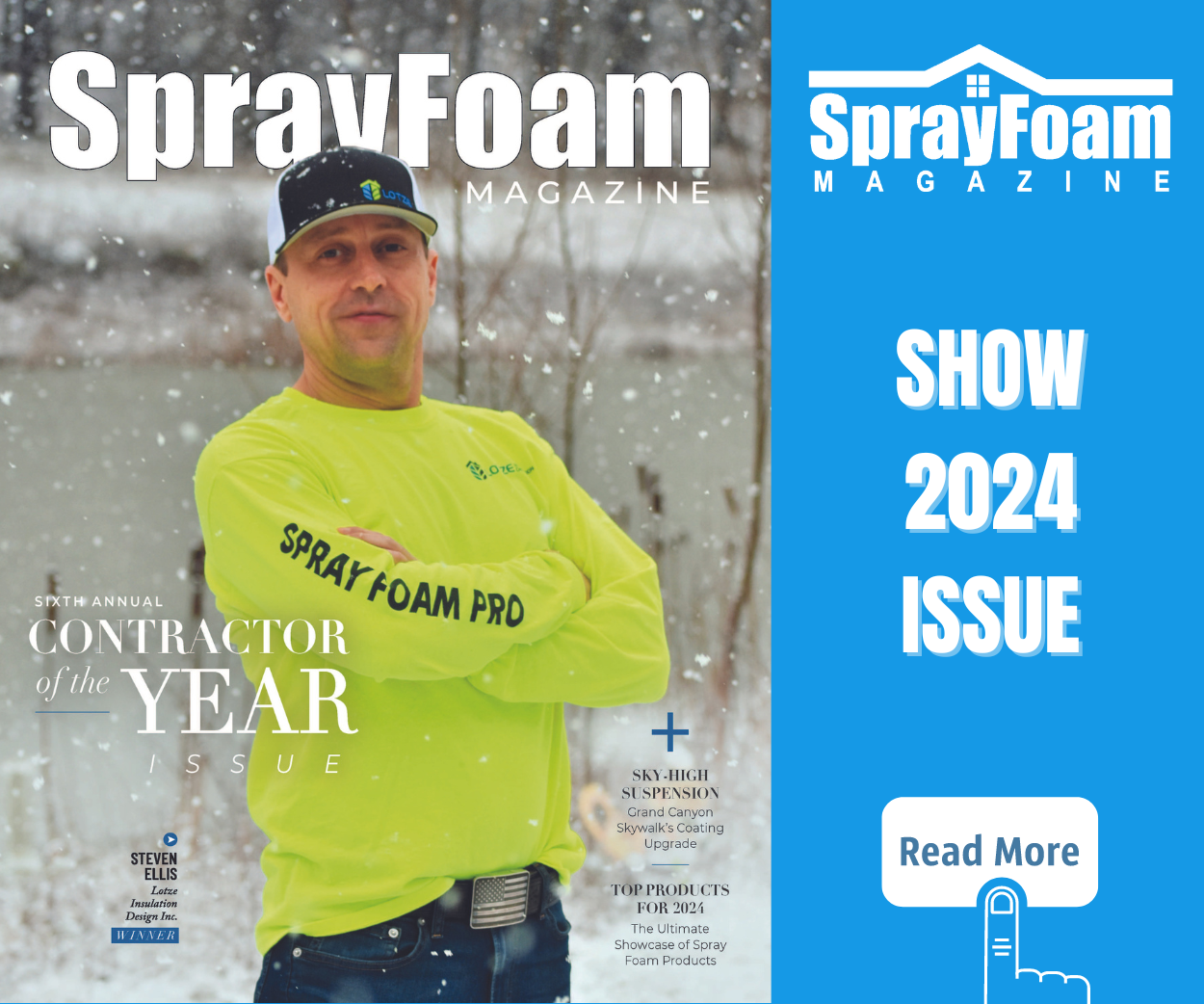Foaming Around the World


Late Summer 2019 - The theme for this issue is International Spray Foam Business, and while we can learn from business and building cultures outside the U.S. and Canada, there’s not a lot being done in Spray Foam in other countries that we don’t do as well or better here. Our health and safety requirements and regulations for spray foam are advanced compared to most countries as we rightfully focus a great deal of attention on worker health and safety.
We sometimes complain about OSHA, EPA and our building codes, but most every regulation we have to comply with is for the well-being of our workers and building occupants. For instance, in some countries—even those we consider advanced—fire protection of SPF is not required to the degree we do here in North America. Thankfully we have codes and standards here including NFPA 285, that prevent tragedies like the Grenfell Tower fire of 2017 in England. Our buildings are built to higher standards and as a result, are safer than most anywhere else in the world.
There are a few notable differences in spray foam done in other countries, with some seemingly good ideas and others that we would never consider on our jobsites.
Australia has two interesting requirements for mobile spray rigs. First, the drums must sit over a secondary containment vessel capable of holding the contents of the drum in the event of a leak. While this seems like a logical idea, it means lifting the drums onto the rack, and in the confines of the truck, this can be very difficult. Another interesting requirement is for the crew to drive an electrical grounding rod into the earth for connection to the generator while its operating. Needless to say, this can be a challenge, especially on an urban jobsite and removing the rod at the end of the job is sometimes as hard as driving it.
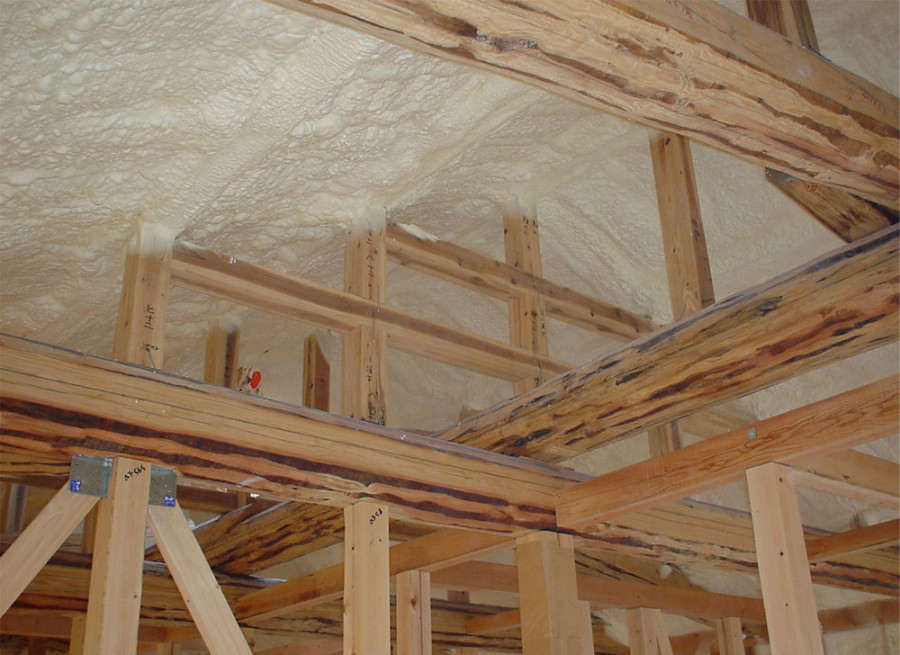
Korea has much more relaxed jobsite standards than ours and we’ve seen practices that make our heads spin. An open fire is NOT an acceptable means of warming SPF chemical!
Watching foam being sprayed in Japan is a completely different experience. The workers are meticulous about covering everything including the face of the studs before they spray foam, after which the jobsite is carefully cleaned before the next trade enters the site.
In Japan, the SPF workers are often carpenters who have been trained to apply foam to the strict letter of the manufacturer’s instructions. Many carpenters in Japan wear traditional clothing for their trade including soft-soled boots that allow the foot to better feel the framing as they move about the building. They’ve adapted this footwear to the SPF jobsite and it seems to work well for them since they can be assured that no one would consider leaving a nail lying around on the site.
Aside from some difference in codes, standards, and jobsite operations, there are vastly different climates in many countries. It’s said that Southeast Asia has three seasons—hot, hotter and hottest, and all have high humidity. We have a slightly milder hot and humid climate in DOE Climate Zone 1 and 2. Moving north across the continental U.S., Canada, and into the sub-Arctic and Arctic, we have essentially every climate you’ll find anywhere else in the world, and one thing we’ve learned over the past 50 years is spray foam works everywhere!
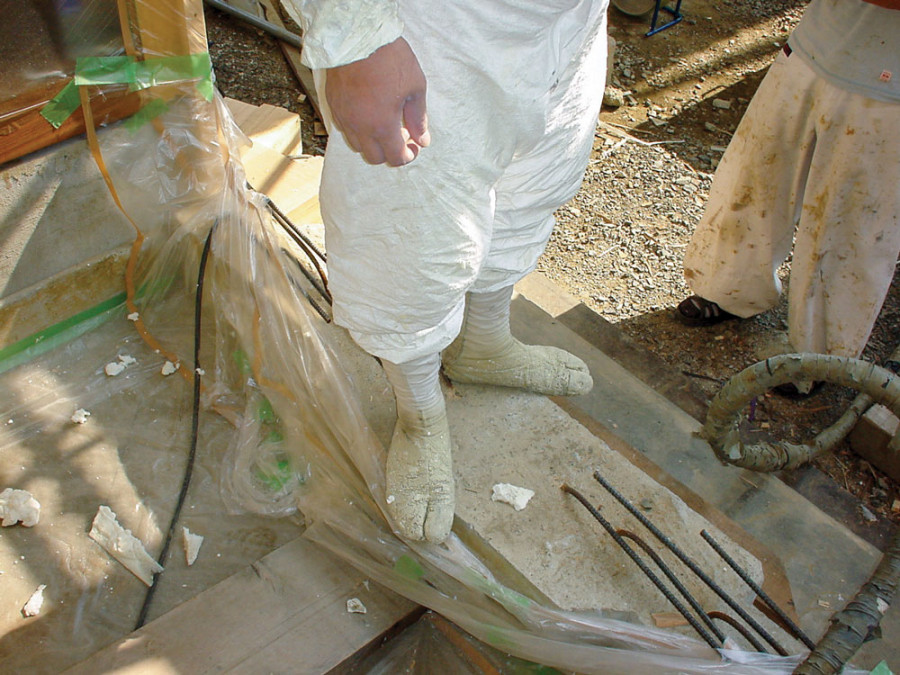
In Japan, SPF workers often wear traditional clothing for their trade, including soft-soled boots for better feel and grip on the ground.
Hot and humid climates require extreme water vapor control when mechanical cooling systems cool our homes and buildings. Since everyone now uses AC systems, every home and building in this climate needs a robust vapor barrier and a perfect air barrier. Controlling movement of warm moist air is arguably the most important thing we can do to enhance building durability since much more moisture moves with air currents than by vapor diffusion. Spray foam is by far the best air-seal and insulation available for hot humid climates.
Some parts of the world are renowned for high winds, but our American hurricanes are right up there with the most intense wind events on the planet. Once again, SPF is the answer to essentially gluing a roof to the rafters to control wind uplift. Hurricane Michael in 2018 blew through northwest Florida with 155 mph winds, ripping buildings apart. In the path was a metal building partially sprayed with low-density, open-cell foam applied directly to the metal sheathing and partially sprayed with the same foam applied over existing vinyl-faced fiberglass that’s common in metal buildings. The area where the open-cell foam was adhered to the steel sheathing was intact after the storm while the sheathing with the foam sprayed to the fiberglass and not directly to the sheathing was ripped away. Who knew even open-cell foam would strengthen the building enough to withstand Category-5 hurricane winds?
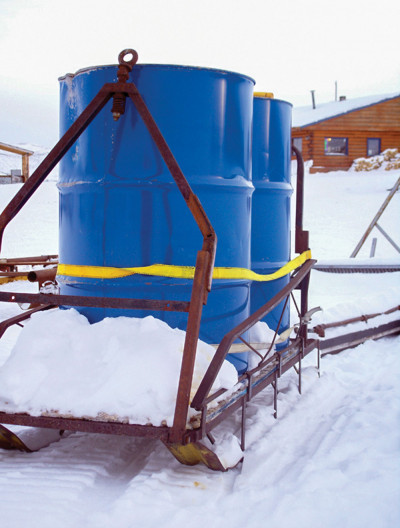
Alaskan and Canadian contractors have to get inventive in order to get their supplies to some of the remote locations.
Jumping a couple thousand miles north, where the frigid air can hold virtually no water when it’s dozens of degrees below zero, the same insulation and air sealing is crucial for both durability and comfort. Heat and moisture flows in opposite directions in the North and South but the potential for moisture damage is equally high if air temperature is not controlled by insulation and water vapor is not controlled by both air and vapor barriers.
One of the challenges of working in the far North is transportation where there are no roads to many villages so materials must be flown-in or transported by barge or river boat. Alaskan and Canadian contractors are extremely inventive and have adapted as needed to make SPF work in remote locations because it is unquestionably the best insulation and air seal on the planet, and when it’s -50°F, only the best will do.
People have lived 150 miles north of the Arctic Circle in the Brooks Range of Alaska for over 10,000 years, and for centuries they were nomadic. Once the native people of Alaska became U.S. citizens, they settled in villages, each with an airport to source goods and services from outside their range by foot and dog sled.
Homes constructed in the villages over the years using fibrous insulation use incredible amounts of energy and are horribly uncomfortable. The Cold Climate Housing Research Center in Fairbanks has been helping many villages to improve their housing stock by demonstrating some very interesting and very different construction techniques.
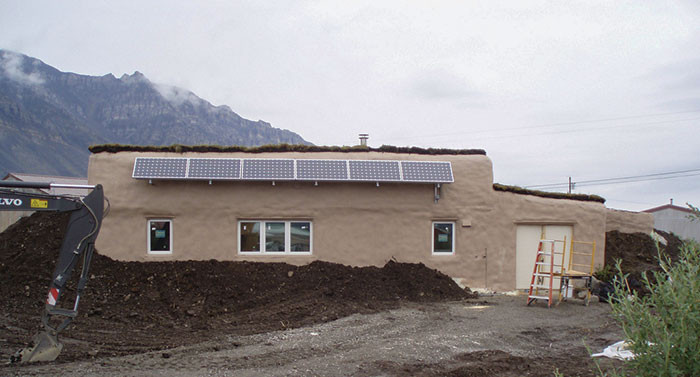
The house pictured above is located in Anaktuvuk Pass and was built inside out. They used steel studs to frame the walls because they’re lightweight for air transport and they can nest two studs in the space of one. They sheathed the studs on the inside then sprayed foam from the outside, filling the cavities and extending another 8–10 inches beyond the studs. They sprayed truck bed liner over the outside of the foam to make an extremely durable structure.
The house was monitored for three years for energy use and IAQ, and it’s proven to use less than 25% of the energy other homes in the same village use, plus they say that it’s the most comfortable ever built there.
Spray foam works better than any other insulation and air-seal, in every corner of the world, but not all spray foam is well suited to every climate and condition. In high humidity environments, careful attention to moisture is required, and since moisture-laden air is the supertanker of moisture movement, SPF is the best choice for durability, energy and comfort.
In the North where winters are intensely cold, spray foam is the only insulation and air seal that can effectively control heat and moisture. In both extremes, different spray foams perform better than others and, in the North, dimensional stability is a primary concern.
Many foams have been sprayed and failed to stay in place when the temperature plummets. SES NexSeal® has been tested in real life conditions in Fairbanks, Alaska and has demonstrated its ability to hold R-Value and is dimensionally stable. NexSeal® is certified to be Arctic Tested Alaska Tough! You can learn more about this test and all the others conducted by SES engineers to assure your compliance with U.S. and Canadian codes and standards and to enhance yield and profit.
Check out the SES Foam website at sesfoam.com or call 713-239-0252 to learn more. If you’re not already an SES Spray Foam contractor, ask how you can join our winning team.
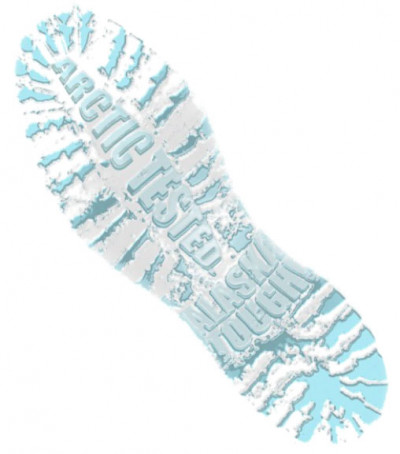
*Spray Foam Magazine does not take editorial positions on particular issues; individual contributions to the magazine express the opinions of discrete authors unless explicitly labeled or otherwise stated. The inclusion of a particular piece in the magazine does not mean that individual staff members or editors concur with the editorial positions represented therein.
Disqus website name not provided.




